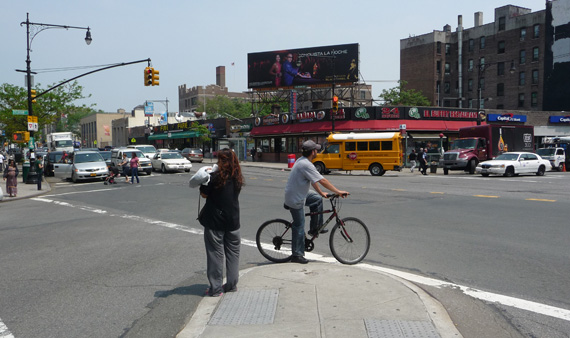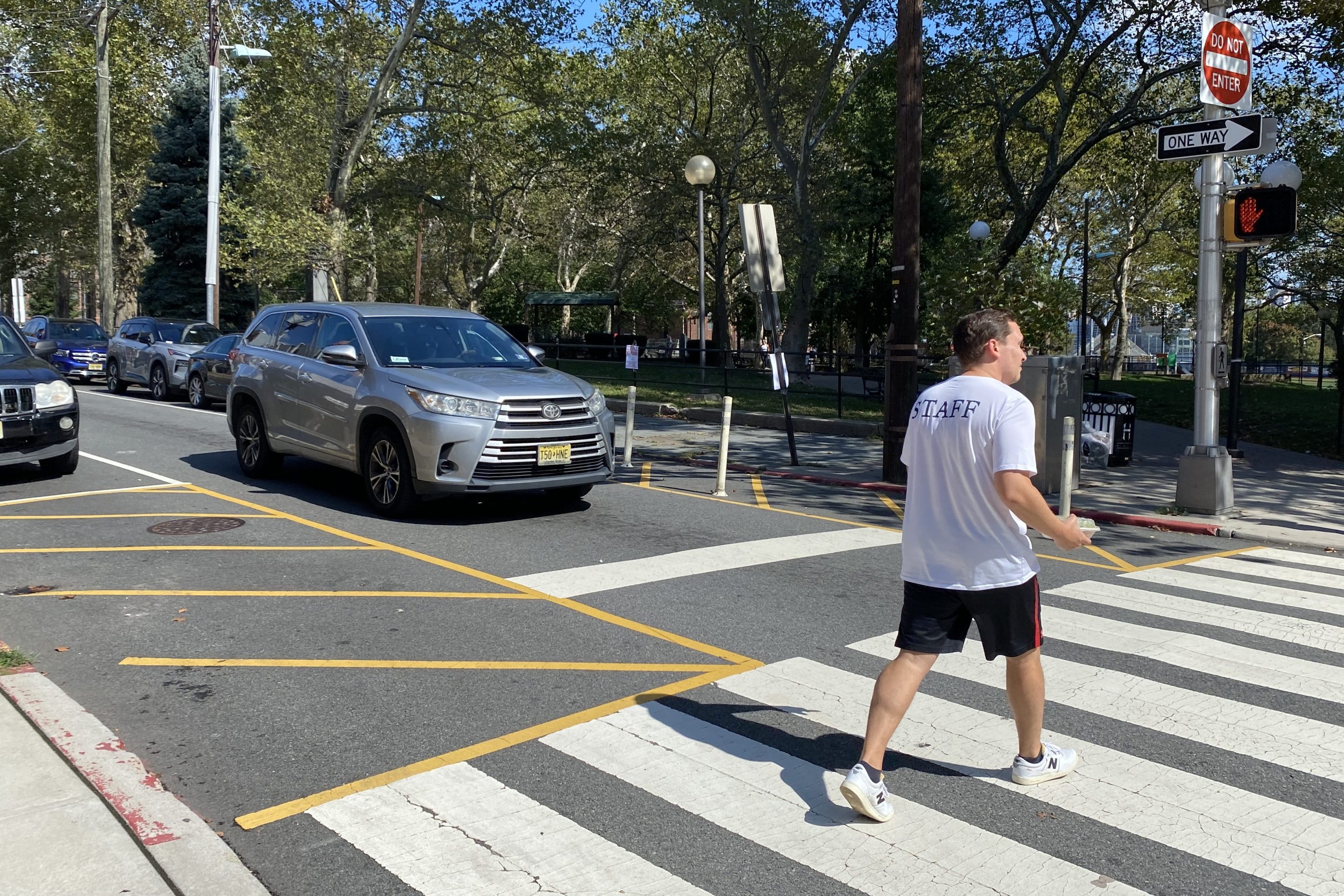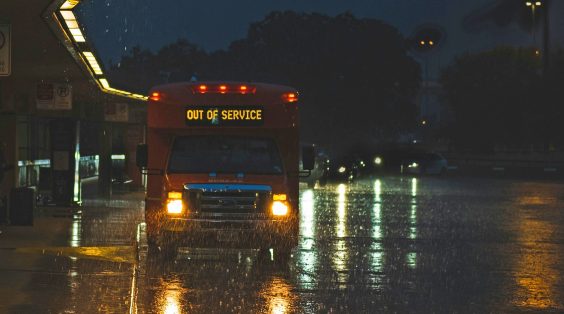After two crashes in six years that caused 13 fatalities and an outcry from an indignant press corps suddenly obsessed with traffic safety, the New York State Department of Transportation has turned its attention to the Bronx River Parkway.
The concrete barriers planned for the parkway seem designed to facilitate speeding, but the state DOT says it will work with NYPD to slow drivers down. While it's obvious that change is needed, it remains to be seen if those measures will prevent Bronx River Parkway motorists from injuring and killing themselves, their passengers and others.
The terrible events of last Sunday, when seven members of a single Bronx family died in what is believed to have been a high-speed crash, sparked a wave of media coverage. The Daily News in particular has taken up the cause with zeal, all but blaming state DOT Commissioner Joan McDonald for the catastrophe.
Yet other streets where people are hurt and killed every day largely escape media attention. From 2008 to 2010, 13 pedestrians died on Broadway in Manhattan, according to the Tri-State Transportation Campaign, which compiles data from the National Highway Traffic Safety Administration for its annual report on the region's most dangerous roads. Seven pedestrians were killed on Broadway in the Bronx, seven on Kings Highway in Brooklyn, seven on the Henry Hudson Parkway/West Street in Manhattan, and seven on Brooklyn's Atlantic Avenue during the same period. Most of the 250 traffic fatalities in New York City every year happen on local streets, not highways, and state agencies could be doing more to prevent these deaths.
"NYS DOT could bolster and expand its funding for the Local Safe Streets and Traffic Calming grant program," says Tri-State's Ryan Lynch. "They have repeatedly cut this funding in recent years [though it] works to calm streets and enhance pedestrian safety for streets on Long Island. If it was expanded and better funded it could be beneficial to NYC streets as well."
Tri-State has called on states to designate additional federal funds for bike and pedestrian safety projects. Allowing large cities that get federal transit funds to receive federal road allocations directly, rather than having them funneled through state governments, could also help, says TSTC Executive Director Kate Slevin.
But you won't find the editorial writers at the Daily News pressuring state and federal agencies to help make neighborhood streets safer for people who walk and bike. You won't see them demanding that Ray Kelly's NYPD keep New Yorkers alive and in one piece by enforcing traffic laws and investigating serious crashes. That's because aside from sensational horror stories, transportation coverage from outlets including the Daily News, the Post, and CBS 2 tends to be limited to attacks on bike lanes, pedestrian plazas and other measures -- basically any change to the streetscape intended to reduce injury and death. That is, when those same reporters and editors aren't blaming the victims themselves.






